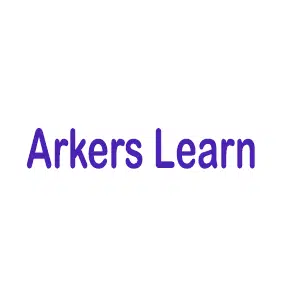
Unlocking the Mind: Exploring Effective Methods of Learning
Introduction:
Learning is a lifelong journey, and the methods we employ to acquire new knowledge play a crucial role in shaping our understanding of the world. From traditional classroom settings to cutting-edge online platforms, the spectrum of learning methods has evolved significantly. In this article, we will explore various methods of learning, each with its unique advantages and applications.
- Traditional Classroom Learning:The conventional classroom setup remains a cornerstone of education. It offers face-to-face interaction with instructors, peer collaboration, and structured curricula. This method fosters a sense of community and allows for immediate clarification of doubts. While traditional learning is effective, it may not cater to individual learning paces and preferences.
- E-Learning and Online Courses:The rise of technology has paved the way for e-learning, enabling individuals to access educational content from anywhere. Online courses provide flexibility, self-paced learning, and a vast array of subjects. Platforms like Coursera, edX, and Khan Academy offer diverse courses, making education more accessible globally. However, self-discipline is crucial in this setting.
- Active Learning:Active learning methods engage learners in the educational process rather than passively receiving information. Techniques such as group discussions, debates, case studies, and hands-on activities stimulate critical thinking and problem-solving skills. Active learning is widely recognized for its effectiveness in knowledge retention.
- Visual Learning:Visual learners thrive on images, diagrams, charts, and videos to grasp concepts. Visual aids enhance understanding and memory retention. Tools like mind maps, infographics, and educational videos cater to visual learners, offering an alternative to text-heavy approaches.
- Auditory Learning:Auditory learners absorb information best through listening. Lectures, podcasts, and audiobooks are effective tools for this group. Engaging in discussions, reciting information aloud, and utilizing mnemonic devices are techniques that suit auditory learners.
- Experiential Learning:Learning by doing is the essence of experiential learning. Internships, apprenticeships, and real-world projects provide hands-on experience, allowing individuals to apply theoretical knowledge to practical situations. This method emphasizes learning through reflection and action.
- Gamification:Gamification incorporates elements of games, such as competition, rewards, and challenges, into the learning process. This approach makes education more engaging and enjoyable, fostering motivation and perseverance. Language learning apps like Duolingo and educational games like Minecraft: Education Edition exemplify gamification.
- Personalized Learning:Recognizing that each learner is unique, personalized learning tailors educational experiences to individual needs, preferences, and pace. Adaptive learning technologies and AI-driven platforms analyze a learner’s progress and adjust content accordingly, optimizing the learning journey.
- Peer Teaching and Collaboration:Peer teaching involves students teaching concepts to their peers. This method not only reinforces the teacher’s understanding but also enhances the learning experience for both parties. Collaborative projects, group assignments, and study groups facilitate teamwork and shared knowledge.
Conclusion:
The diverse methods of learning reflect the richness of human cognition and the evolving landscape of education. Combining various approaches based on individual preferences and the nature of the subject matter can result in a more holistic and effective learning experience. Whether through traditional classrooms, digital platforms, or experiential activities, the journey of learning is a dynamic and multifaceted endeavor that continues to adapt to the needs of learners around the world.



